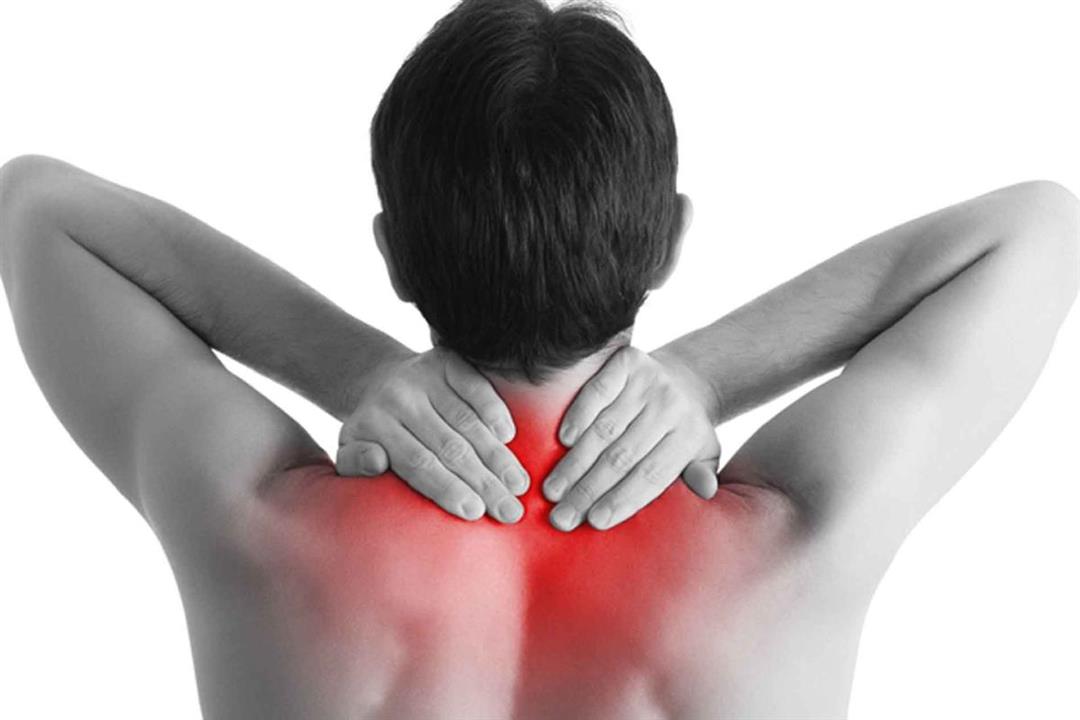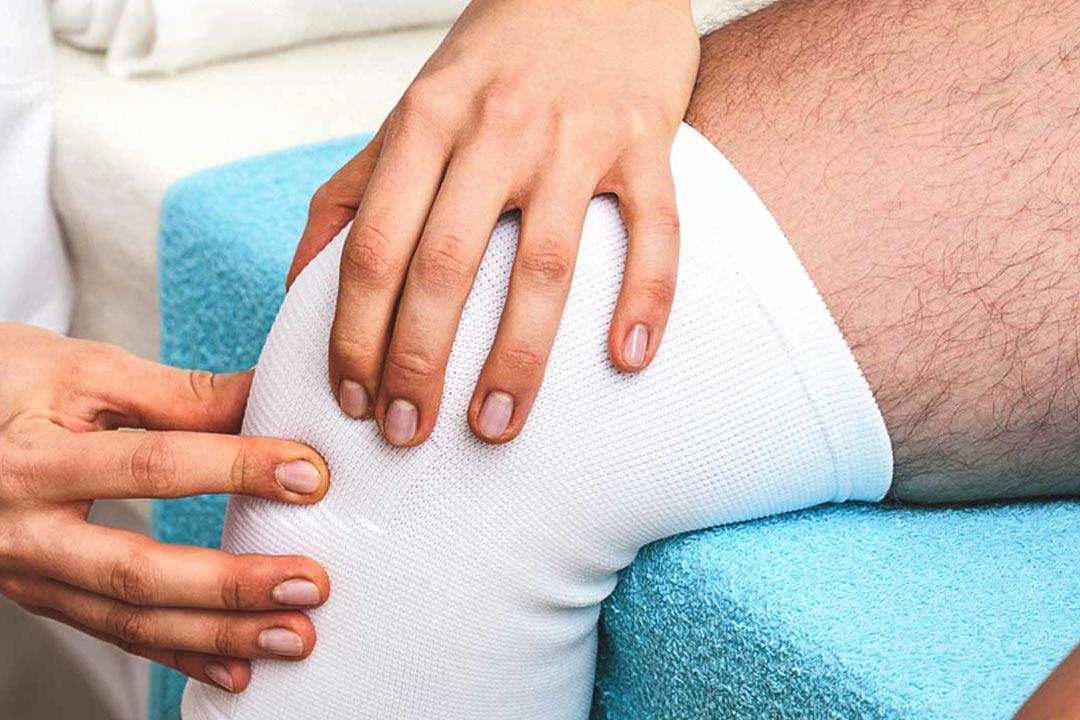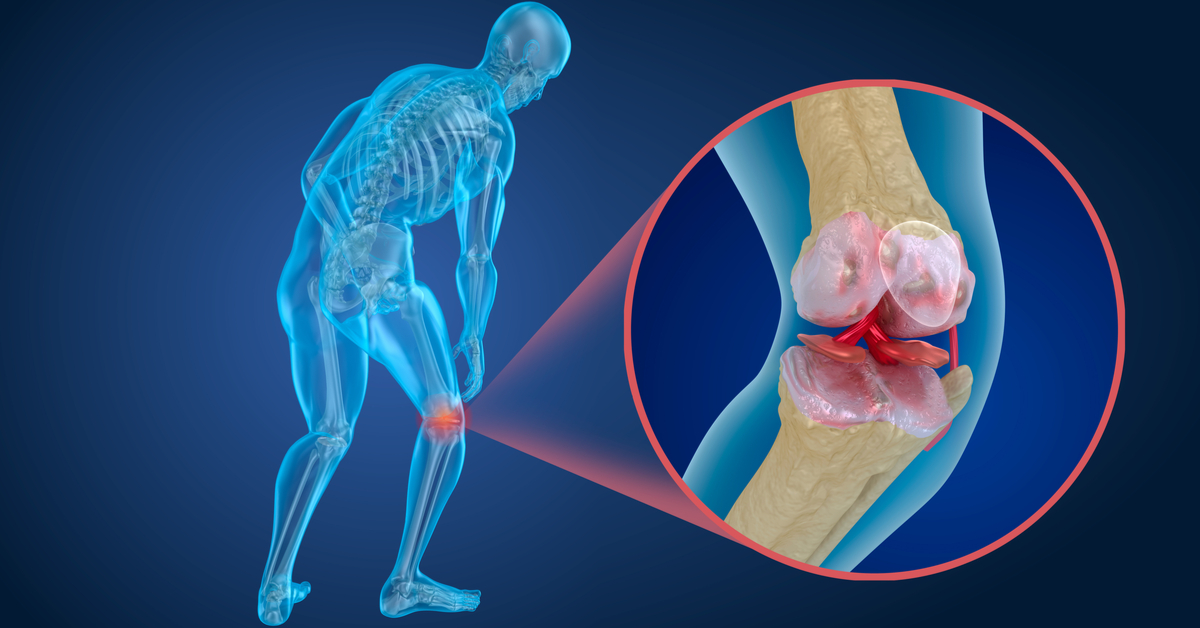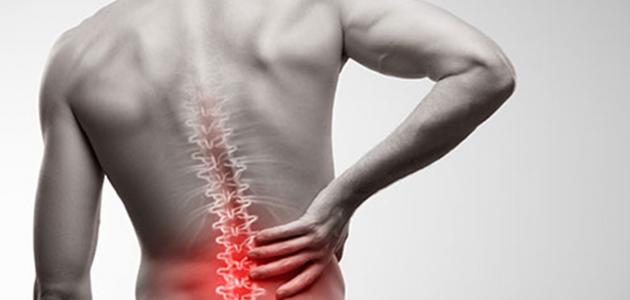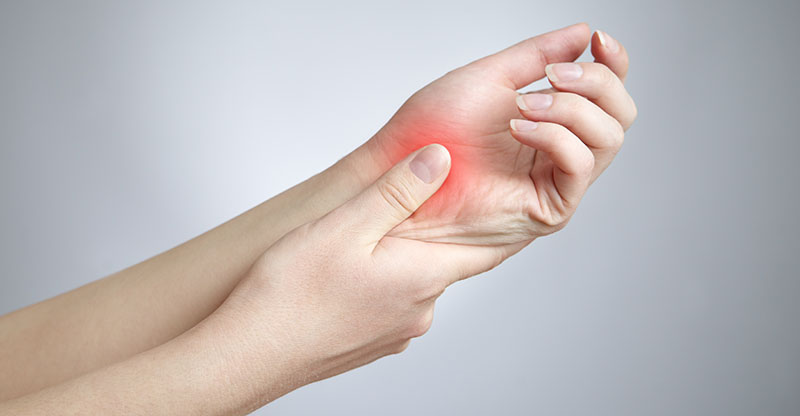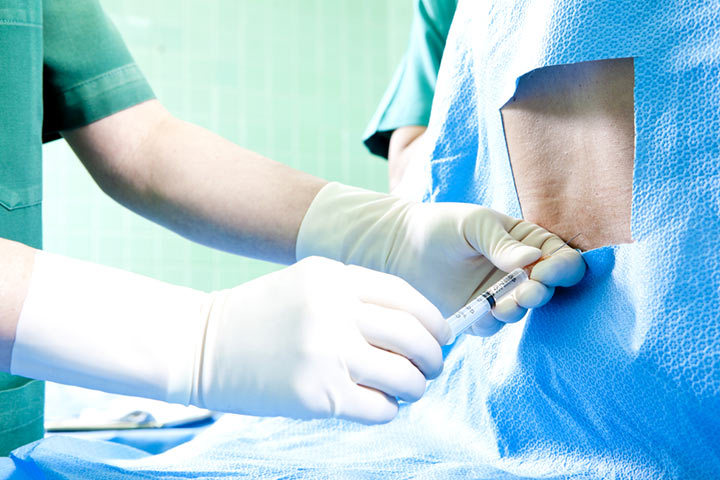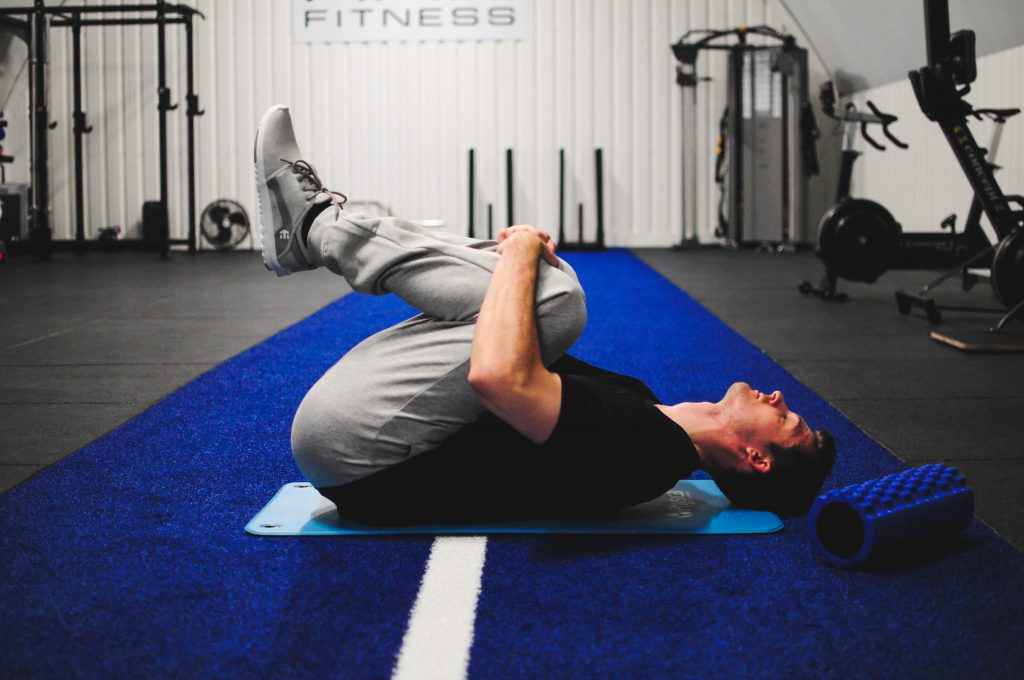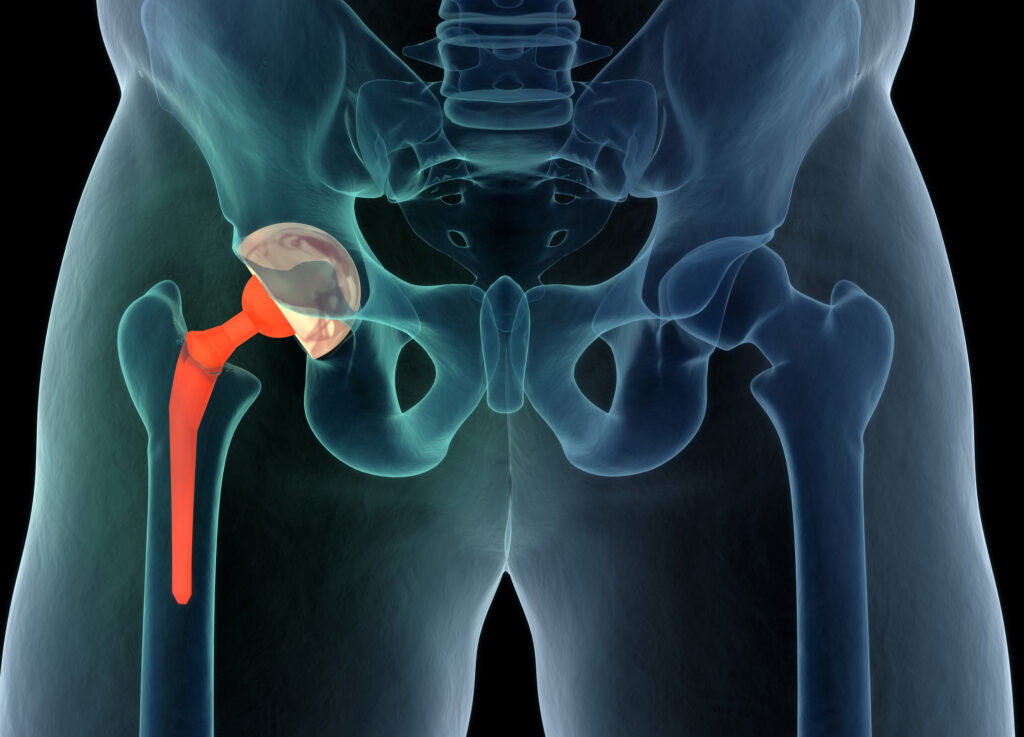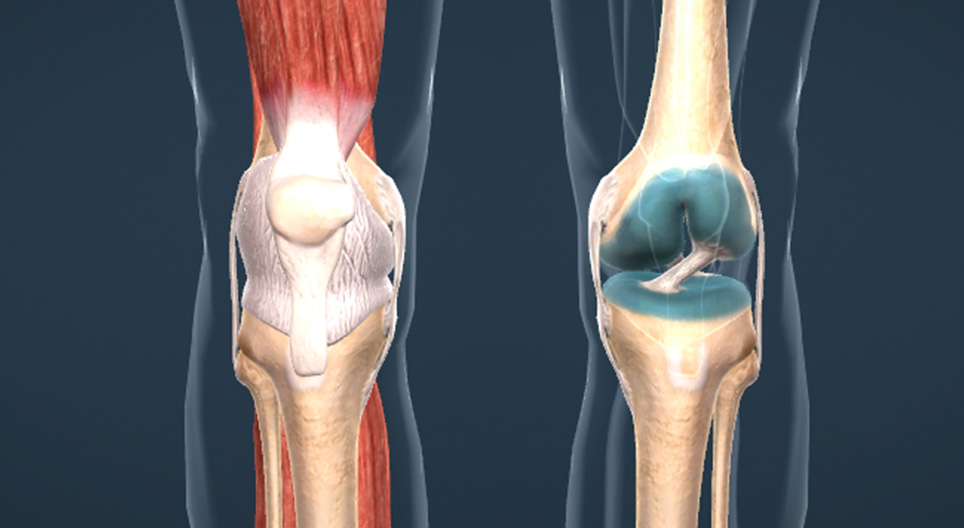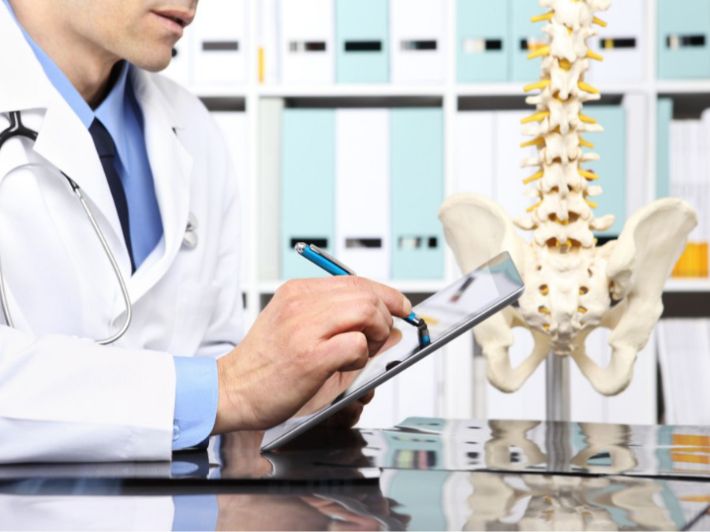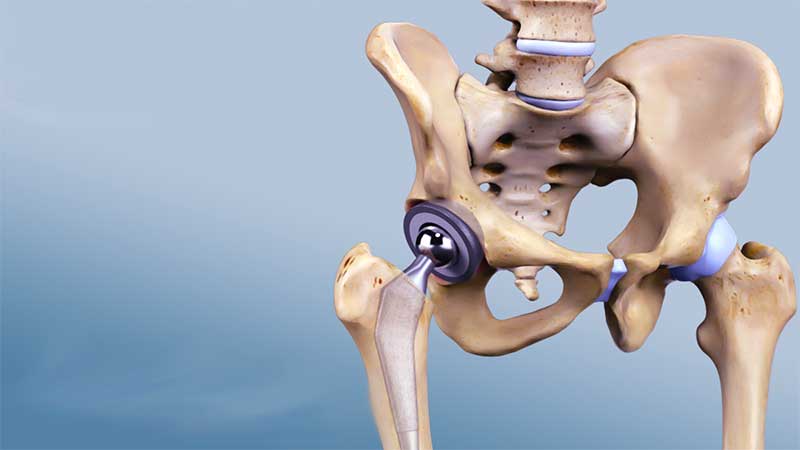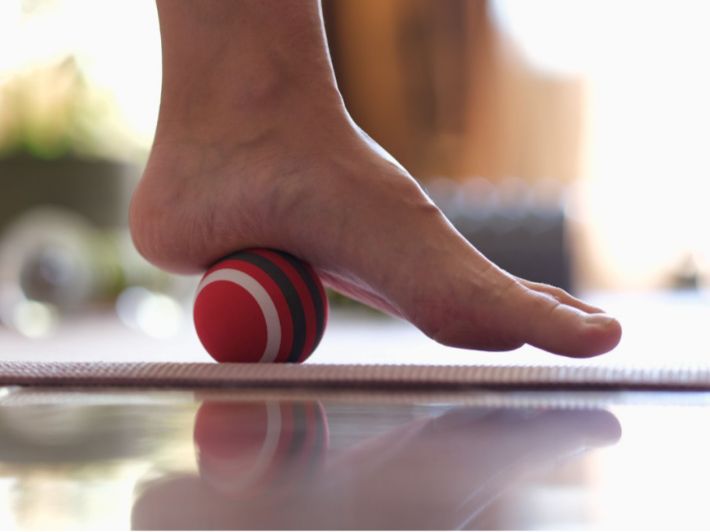What are the Symptoms of Lumbar Disc Herniation? And Learn About the Best Orthopedic Doctor in Egypt!

Symptoms of lumbar disc Herniation
Many may suffer from back problems such as a herniated lumbar disc, a painful condition that affects a herniated disc in the spine. Learn about the symptoms of this condition and how to deal with it in this list:
- Pain and numbness in the lower back area: Pain and numbness in the lower back area is one of the symptoms of a herniated lumbar disc. A person may feel itching or tingling in this area.
- Spread of pain to the legs: A person may feel the pain extending from the back to the legs. This may cause difficulty moving and walking.
- Pain worsens at night or with some movements: The person may notice worsening pain at night or when he makes some movements, such as kneeling or bending. The pain may be severe and it may make it difficult for a person to do some daily activities.
- Difficulty walking short distances: A person may find it difficult to walk short distances due to pain and numbness in the back and legs.
- Muscle weakness: A person may notice weakness in the muscles located in the pelvic area and legs. It may be difficult for him to lift heavy objects or perform some simple movements.
- Feeling of tenderness: A person may suffer from a feeling of tenderness or numbness in certain areas of the body, such as the inner thighs.
- Inability to control bladder function: A person may have difficulty controlling bladder function properly, which may lead to problems with urination.
Can lumbar disc herniation be cured?
Lumbar disc herniation is one of the most common health problems, and causes severe pain to those affected. Some may wonder whether this condition can be completely cured, and whether there is an effective treatment for it. In this article, we will take a look at the possibilities for recovery from a herniated lumbar disc.
1. Non-surgical interventions:
There are many non-surgical interventions available that can provide relief from the pain of a herniated lumbar disc and help with recovery. Here are some options available:
- Physical therapy: includes strengthening and stretching exercises for the muscles surrounding the affected cartilage, in addition to manual therapy techniques such as massage and directed stretching.
- Heat or cold therapy: Cold and hot sessions can be used to reduce swelling and relieve pain.
- Pain relief measures: Topical medications such as ointments or suction cups may be used to relieve local pain.
- Electrical stimulation therapy: Sometimes used to relieve pain and stimulate the healing process.
2. Surgical treatment:
If the condition does not respond to non-surgical treatments, surgery may be required. Surgical procedures include removing damaged cartilage or replacing it with artificial cartilage.
3. Rehabilitation and physical activity:
After appropriate treatment and recovery from surgery (if required), it is recommended to conduct rehabilitation programs to enhance strength and movement in the affected areas. You must also practice physical activity on a regular basis to maintain the health of the spine and strengthen the muscles surrounding it.
Can a herniated lumbar disc be completely cured?
Although complete recovery may not be 100% guaranteed in all cases, it is considered possible in many cases. Healing depends on several factors, such as the patient’s condition, the severity of the slip, and the type of treatment followed. In general, significant improvement in the symptoms of a herniated lumbar disc and complete recovery can be achieved using appropriate non-surgical interventions and following a healthy lifestyle.
Medical consultation:
It is necessary to consult a specialist doctor to assess the patient’s condition and guide him regarding the optimal treatment. It is recommended not to ignore the symptoms and seek appropriate medical help as soon as possible to diagnose the problem and begin appropriate treatment.
In the end, it can be said that with appropriate treatment and following medical instructions, a herniated lumbar disc can be completely cured. It is a common condition and a health problem that can be overcome thanks to appropriate non-surgical interventions and surgical treatment if necessary. Therefore, it is important to go to a specialist doctor and consult with him to obtain the correct diagnosis and optimal treatment.
What are the symptoms of lumbar spondylitis?
Lumbar spondylitis is a health condition that affects our spine and causes many annoying and painful symptoms. The most important symptoms that a patient may experience are:
- Unbearable pain in the joints and knee area.
- Feeling pain when moving after sitting for a long time.
- Feeling severe pain when making a sudden movement.
- Feeling pain and stiffness in the lower back and neck, or throughout the spine, and the pain can spread to the lower extremities.
- Loss of appetite and a significant decrease in weight.
- Pain and stiffness of muscles and tendons.
- Feeling exhausted and extremely tired, which is due to chronic inflammation.
These are some of the symptoms that may indicate that someone has lumbar spondylitis. It is important for a person to pay attention to these symptoms and seek appropriate treatment in order to relieve pain and improve his quality of life.
If any of these symptoms appear, it is best to consult a doctor who specializes in spinal diseases to correctly diagnose your condition and determine the appropriate treatment. Your doctor may direct you to non-surgical interventions, such as thermal frequency therapy or physical therapy sessions, and in some severe cases surgical treatment may be necessary.
How does a herniated disc patient sleep?
In order to avoid pain and improve the quality of sleep for a patient with a herniated lumbar disc, there are several correct methods that can be followed when sleeping. One of the best ways is to sleep on your side with your knees curled into the fetal position. By placing the knees bent, the anterior joints of the spine are opened and thus the pressure on the slipped lumbar disc is relieved.
Sleeping on the back is also an excellent option, as the upper body can be raised slightly using a foam pillow or an adjustable bed. To ensure comfort in this position, it is important to support the knees in a slightly bent position. This position also helps relieve pressure on the slipped lumbar disc.
There is also a method of sleeping on the stomach that can benefit some patients with a herniated lumbar disc. In this case, a thin pillow can be placed under the abdomen and hips to lift the middle part of the body. This can help relieve pressure on the affected discs.
It is also important to avoid extreme bed rest, as research indicates that regular activity contributes to accelerating the recovery process for patients with a herniated lumbar disc. It is also necessary to take into account the quality of the mattress and sleeping position to relieve pain and avoid injuries.
The patient must adhere to these correct sleeping methods to ensure improvement of his condition and reduce the pain resulting from a herniated lumbar disc. But if the pain persists or worsens, it is necessary to consult a doctor to evaluate the condition and suggest appropriate treatment.
How many days does a herniated disc pain last?
Lumbar disc herniation is one of the common conditions that people may suffer from, which is a herniation of the lumbar disc located between the vertebrae of the spine. One of the main symptoms of this condition is pain.
The duration of pain resulting from a herniated lumbar disc varies from person to person and depends on many factors such as the severity of the herniation, its effect on the surrounding nerves, and the person’s general condition. The pain may last for a few weeks in simple cases, and may last up to months in more serious cases.
However, the improvement of symptoms and the resolution of pain also depends on several factors. A person may feel improvement and relief in pain after a short period of medical treatment that includes the use of pain relievers and physical therapy. However, the person must continue treatment and follow specific medical instructions to achieve full recovery.
It is important to consult a specialist doctor to evaluate the person’s condition, determine how long the pain will last, and prescribe appropriate treatment. The doctor may recommend some additional tests such as X-rays or MRI to evaluate the herniated disc and determine the best way to heal.
When is a herniated disc dangerous?
A herniated disc is a common health problem that can affect people’s spine, and often raises the question of how serious it is. In this article, we’ll explore when a herniated disc can become serious and require immediate attention.
Symptoms of a serious herniated disc:
- Paralysis or loss of sensation: If you experience a loss of feeling or movement in your back or legs, this may be a sign that a herniated disc has become serious and there is too much pressure on the nerves.
- Changes in urination or stool: If you have difficulty urinating or stool, or feel a loss of control, there may be pressure on the nerves in the pelvic area and it needs immediate attention.
- Severe and chronic pain: If the pain is constantly increasing and does not respond to conventional treatment, a herniated disc may be serious and requires rapid medical intervention.
- Muscle weakness: If you feel weakness in the muscles surrounding the affected area, this may indicate serious damage resulting from a herniated disc.
How to deal with a serious herniated disc:
When you notice any of the symptoms mentioned above, you must immediately go to the doctor to evaluate the condition and develop an appropriate treatment plan. The plan may include several options such as physical therapy, drug therapy, or in some severe cases, surgery may be required.
To avoid a herniated disc and its complications, you can follow some of the following tips:
- Maintain good posture: Sit, stand, and walk in the correct posture to reduce pressure on the spine.
- Paying attention to weight: Maintaining a healthy and appropriate weight reduces pressure on the spine.
- Regular movement: Do some exercises that strengthen the muscles surrounding the back and legs.
- Reducing pressure on the spine: Avoid carrying heavy objects incorrectly and use assistive devices when needed.
What is the treatment for a herniated lumbar disc?
Treatment of a herniated lumbar disc includes a group of different treatments aimed at relieving pain and improving the patient’s condition. Non-surgical treatment may be the first option for most cases, but in more advanced and severe cases, doctors may resort to surgery.
Among the most prominent forms of non-surgical treatment available to treat a herniated lumbar disc are:
- Physical therapy: includes practicing exercises that help strengthen the back muscles and support the vertebrae and cartilage. Massage, heat therapy, and breathing exercises may also be used to improve the injury and relieve pain.
- Medications: Some medications can help relieve pain and reduce swelling and irritation associated with a herniated lumbar disc. Medications used can include non-steroidal painkillers such as ibuprofen and paracetamol.
- Immobilizers and supports: Immobilizers and supports can be used to support the back area and reduce stress on damaged discs. It may be necessary to use a freezer or brace for a specific period of time according to the recommendations of the treating physician.
- Electrotherapy: Electrotherapy techniques such as electrical muscle stimulation are used to strengthen muscles, improve motor orientation, and relieve pain. These techniques are commonly used as part of physical therapy sessions.
Remember that if there is no improvement with non-surgical treatment or there are other complications, the patient may be suggested surgery to treat a herniated lumbar disc. The patient should consult his doctor about the best treatment option that suits his health condition.
Can a herniated disc lead to paralysis?
Many people are concerned about a herniated disc and whether it can lead to paralysis. However, we can be less concerned about this. In fact, the overall likelihood of developing a herniated disc is not alarmingly high. The important thing is early detection and prevention.
In advanced cases, especially in the case of a herniated disc in the dorsal vertebrae, this may lead to paralysis. A herniated disc damages the nerves of the spinal cord and prevents signals from the brain from reaching the organs, sometimes leading to permanent paralysis. Paralysis resulting from a herniated disc appears in the form of urinary incontinence and the inability to control stool, because the nerves responsible for these functions spread from the spinal cord.
The answer to the question “Does a herniated disc cause paralysis?” depends on On the effect of a herniated disc on nerves. The spine consists of cartilage that contains a sticky layer surrounded by a harder layer. If a disc herniates, the sticky layer may slip out of place and put pressure on the nerves of the spinal cord. The spinal cord is divided into three sections, including the sensory nerves responsible for feeling pain, the bladder nerves, and the nerves controlling stool functions.
Furthermore, a herniated disc can cause damage to the marrow if the spinal cord is compressed directly. The spinal cord includes all the fibers of the nerve roots that direct to the brain. Movement and sensation may be affected in this condition. Myelopathy may lead to hemiplegia in the areas below the herniated disc, where all the fibers that carry sensory and movement information to the organs in the lower part of the body are affected.
In short, a herniated disc can lead to paralysis, spasticity, or various pains and disorders. Therefore, patients must ensure regular medical examinations and follow-up, follow doctors’ recommendations, and undergo physical therapy sessions that help improve the condition of a herniated disc. They should remain optimistic and monitor obvious changes in symptoms and health problems.
Is walking beneficial for lumbar disc herniation?
Many people may suffer from problems with a herniated lumbar disc, which may cause them pain and reduce the quality of their daily life. Some may wonder whether walking is useful for them in relieving this pain and overcoming this problem. In this article, we will shed light on the importance of walking for patients suffering from a herniated lumbar disc.
- Increase blood flow and oxygen: Walking is a simple aerobic exercise that can help increase blood flow and oxygen to the back tissues. This improves the healing process and reduces pain associated with a herniated disc.
- Strengthening the surrounding muscles: Walking is a useful exercise to strengthen the muscles surrounding the spine, which play an important role in supporting and stabilizing the back. By strengthening these muscles, balance can improve and the risk of injury is reduced.
- Reducing pressure on the spine: Walking can help reduce pressure on the spine, as it is considered one of the back-friendly exercises. This can help relieve pain and reduce the possibility of worsening the problem.
- Improve flexibility: In addition to strengthening muscles, walking can contribute to increased flexibility in the spine, which helps improve back mobility and relieve restrictions and stiffness.
- Promoting overall health: Aside from its specific benefits for a herniated disc, walking is good exercise for maintaining overall health. It contributes to enhancing cardiovascular and muscle strength and improving overall physical fitness.
The best doctor for herniated disc
Dr.. Amr Amal , one of the best orthopedic doctors in Egypt, is considered the ideal choice for those suffering from herniated disc problems. He holds a doctorate in orthopedic surgery from Ain Shams University, and has extensive experience and distinguished knowledge in this field.
Dr. is characterized by Amr, with his wonderful skills and great ability to understand the patient’s condition and determine the best treatment method. It treats joint roughness and pain using a variety of therapeutic methods, including drug therapy, local injections, surgical arthroscopy, and various joint surgery.
Thanks to his high training and distinguished knowledge, Dr. Amr consults in orthopedic and joint surgery at Ain Shams University, where he works on the faculty and participates in research and scientific studies in this field. Thanks to his superior skills and professional ethics, Dr. Amr Amal is the ideal choice for treating herniated disc problems. He has patience, patience, and conscientiousness in his work, which makes him an excellent doctor worthy of accreditation and praise.

